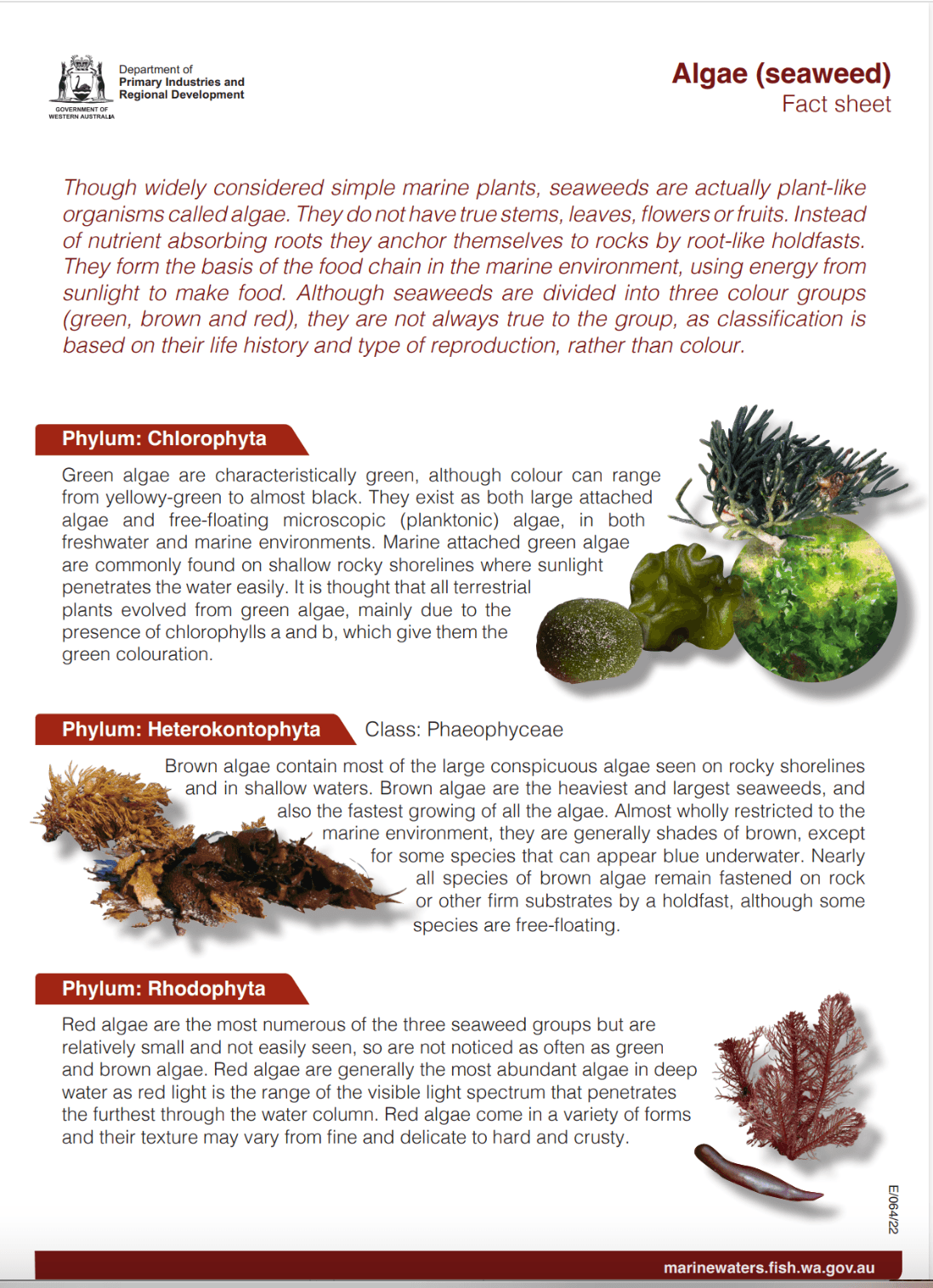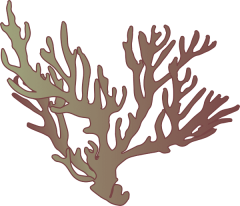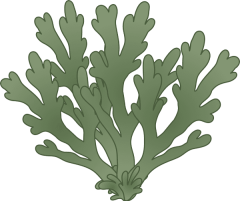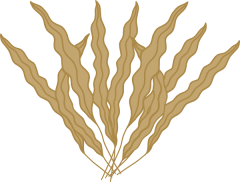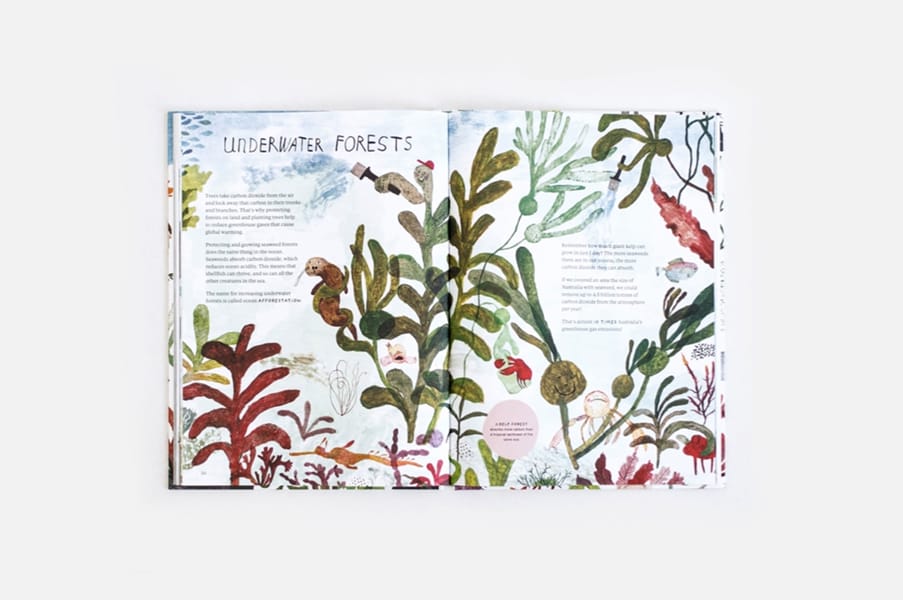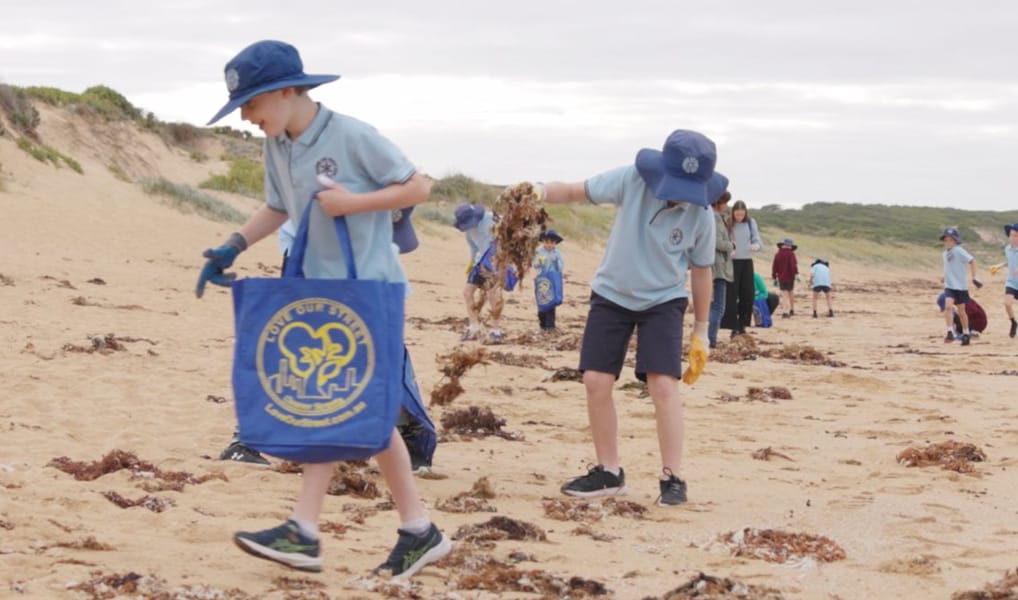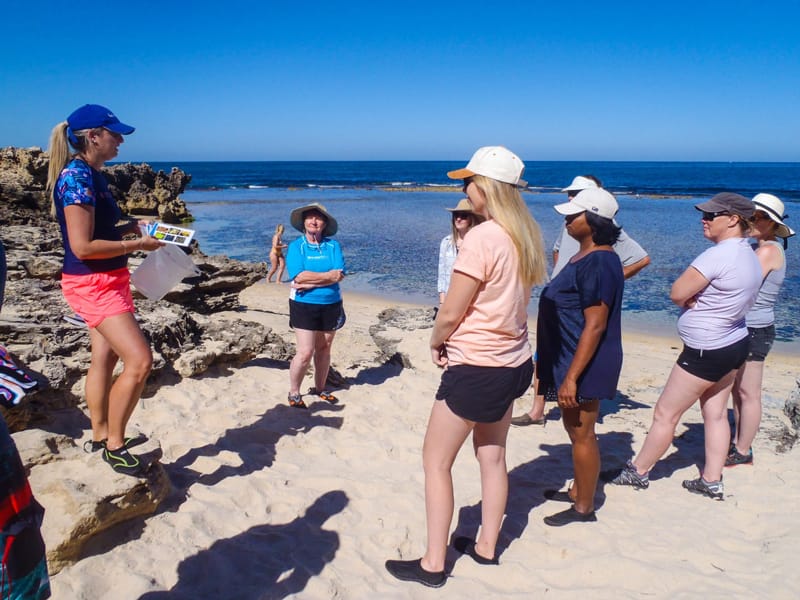Based on a growing body of scientific literature, bivalves and seaweed are two species groups with the clearest potential to be farmed with few negative environmental impacts and greenhouse gas emissions. These species can also provide important environmental benefits, such as improving water quality and providing wildlife habitat.
